↑↑ Click to follow Progress every day ↑↑
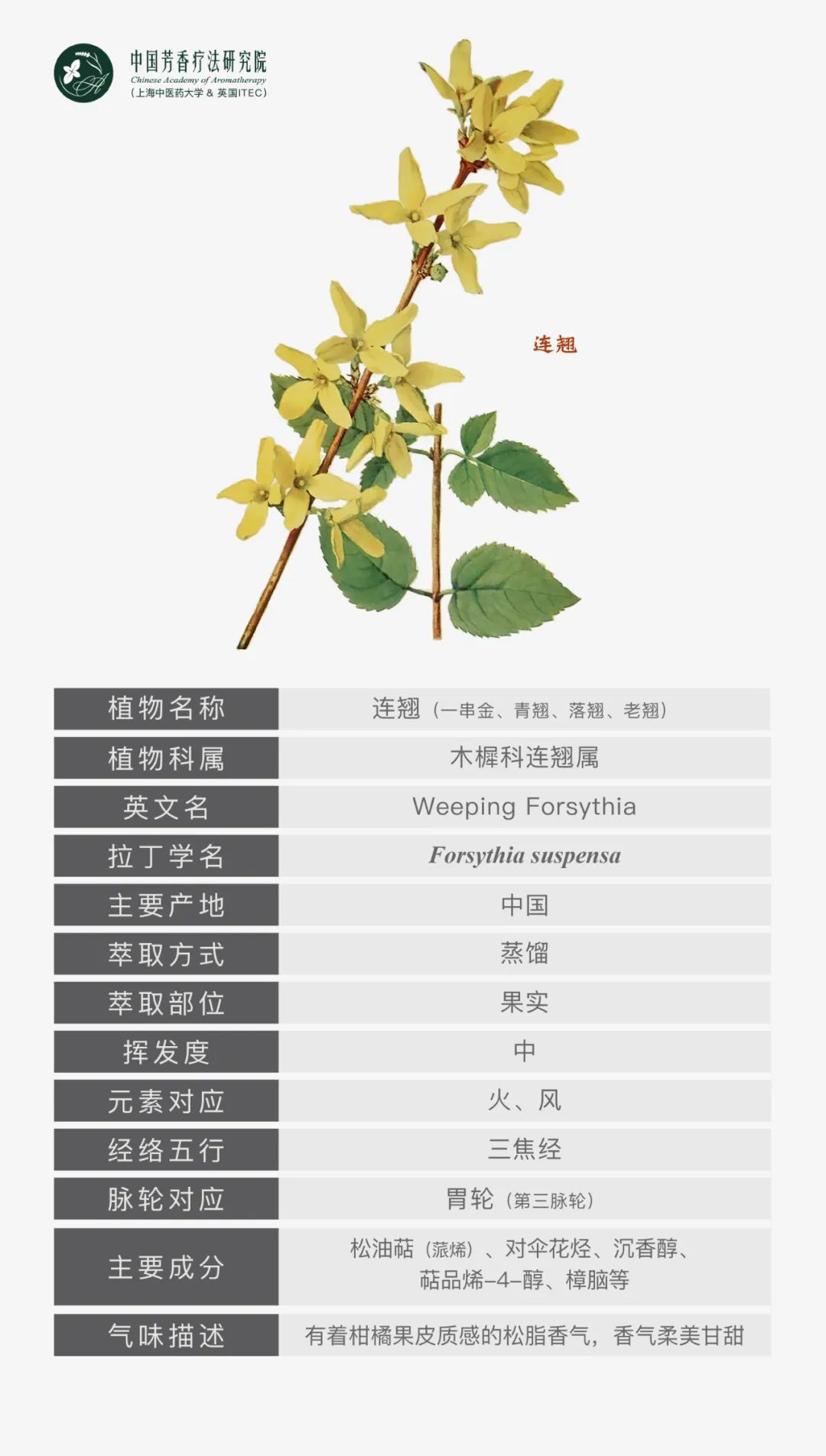
 01 Plant Story
01 Plant Story
In China, Forsythia suspensa (连翘, Liánqiáo) has a history of use in traditional medicine spanning thousands of years. It was first mentioned in the “Shennong Bencao Jing” (神农本草经), used for treating abscesses, sores, scrofula, phlegm nodules, heat accumulation, and insect bites. A poem in the “Book of Songs” describes Forsythia: “A thousand steps of Forsythia are not stained by dust, the fragrance descends lazily painting the spring of the moth’s brow,” expressing a woman’s subtle longing for her husband who has gone far away. Ancient poetry truly depicts Forsythia as elegant; when it blooms, a branch is adorned with many flowers, making the entire branch appear exceptionally bright in golden yellow. If, as the poem suggests, “a thousand steps of Forsythia” bloom together, it presents a view of countless golden flowers competing to blossom. Especially at the foot of the Taihang Mountains, the blooming of Forsythia seems to signify the true arrival of spring.
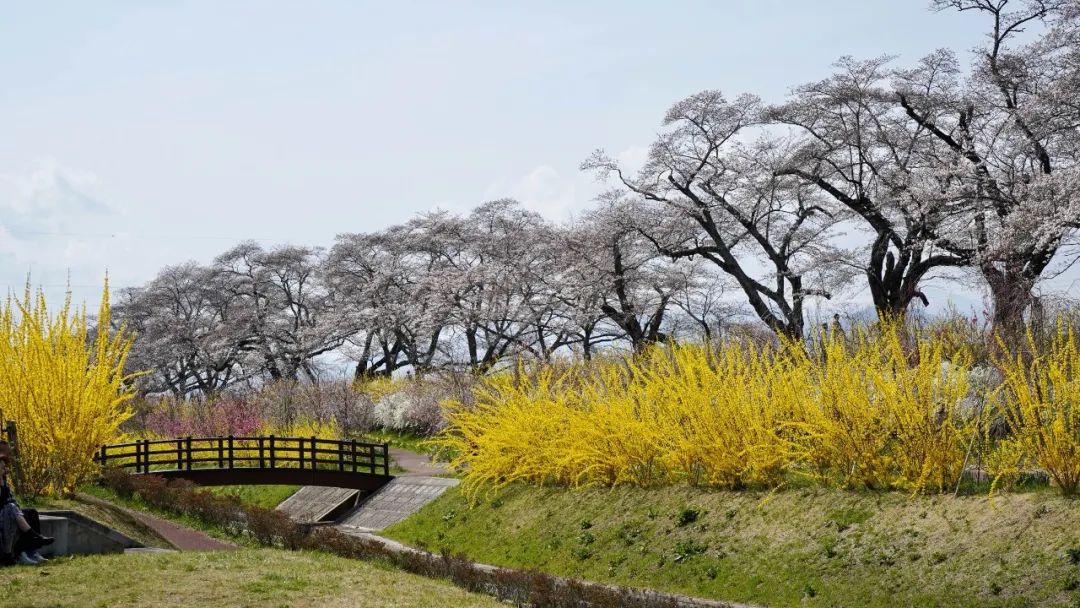
Many people cannot distinguish between Forsythia flowers and forsythia flowers (迎春花, Yíngchūnhuā); in fact, both belong to the Oleaceae family and look very similar, both having small yellow flowers. However, forsythia flowers belong to the Jasmine genus, with six lobed petals resembling a six-pointed star, rarely producing fruit, and their branches are arching and drooping, resembling large-flowered jasmine, but the flowers are small and yellow. Forsythia belongs to the Forsythia genus, with four lobed petals resembling a cross star, producing many fruits in autumn, which, after processing, become the medicinal material Forsythia. Its branches are taller and more upright. Some people confuse Forsythia with St. John’s Wort (贯叶连翘, Guànyè Liánqiáo), but these two species are quite different in appearance and characteristics; St. John’s Wort is mainly used for musculoskeletal injuries and antidepressant purposes.
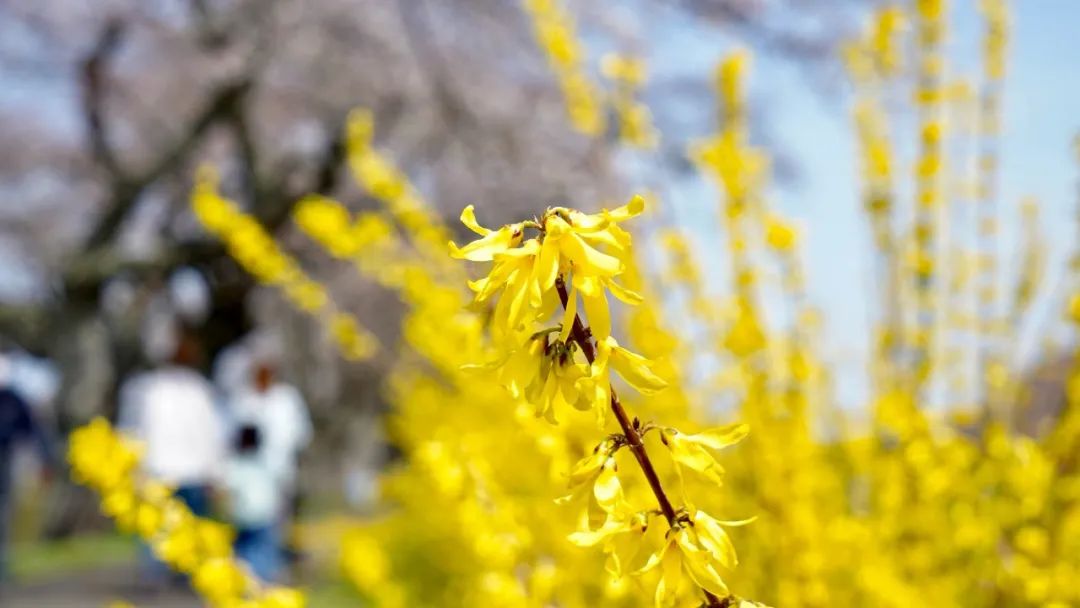
 02 Essential Oil Benefits
02 Essential Oil Benefits
Forsythia is a widely distributed ornamental plant in China, Japan, Korea, and some European countries. Notably, the dried fruit of Forsythia is known as Forsythiae Fructus, an important traditional Chinese medicine recorded in the “Chinese Pharmacopoeia” and many classical medical texts. Depending on the harvest time, the immature green fruit is called “Qingqiao” (青翘), while the fully mature yellow-skinned fruit is called “Laoqiao” (老翘); both are included in the “Chinese Pharmacopoeia” (2020 edition) (PRC, 2020). Forsythia was first recorded in the “Shennong Bencao Jing”. It is bitter and slightly cold, entering the Lung (肺, Fèi), Heart (心, Xīn), and Small Intestine (小肠, Xiǎocháng) meridians, with effects of “clearing heat and detoxifying” and “dissipating nodules and reducing swelling”. Modern pharmacological studies indicate that Forsythia has significant anti-inflammatory, antioxidant, antibacterial, anticancer, antiviral, anti-allergic, and neuroprotective effects. Recent studies have shown that phenylethanoid glycosides and lignans are typical active components of Forsythia, including Forsythoside A and Forsythoside. More importantly, these components have attracted researchers’ attention in recent years due to their significant anti-inflammatory and anti-influenza activities.
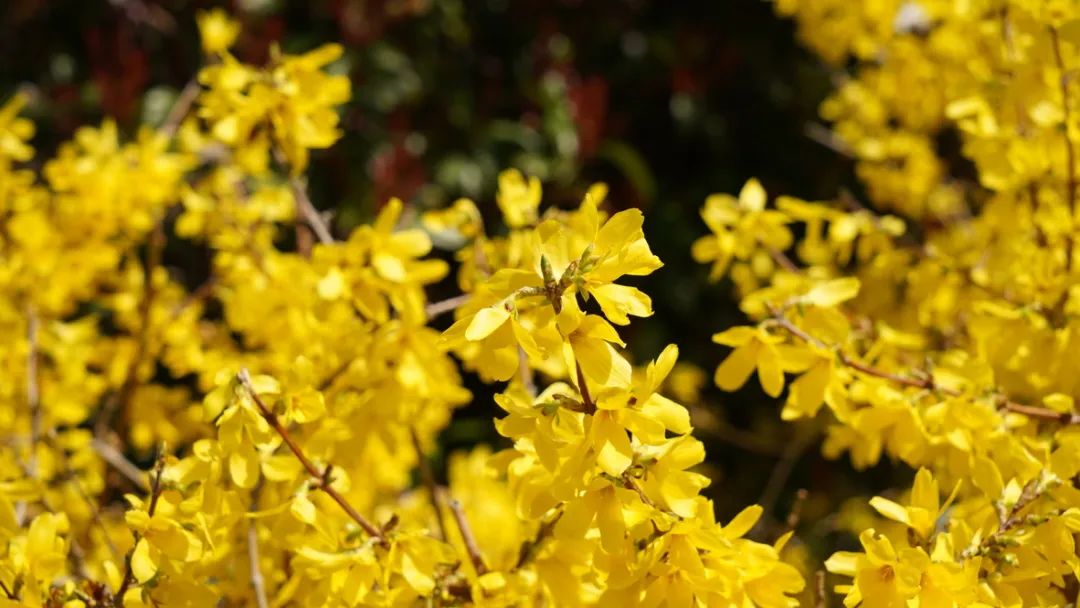
To date, Forsythia has become the subject of numerous pharmacological studies. Research findings indicate that Forsythia extracts and individual compounds possess various biological activities, such as anti-inflammatory, antioxidant, antibacterial, antiviral, antitumor, neuroprotective, and hepatoprotective effects. Additionally, effects related to cytochrome P450 regulation, asthma relief, anti-atopic dermatitis, anti-androgenic alopecia, thermoregulation, renal protection, and anti-ischemic injury have also been discovered. The pharmacological mechanisms and substances have been thoroughly studied. Among these pharmacological activities, pharmacologists pay particular attention to the anti-inflammatory and anti-influenza properties of phenylethanoid glycosides and lignans.《Cited from the literature: The phytochemistry, pharmacology, pharmacokinetics, quality control, and toxicity of Forsythiae Fructus: An updated systematic review》
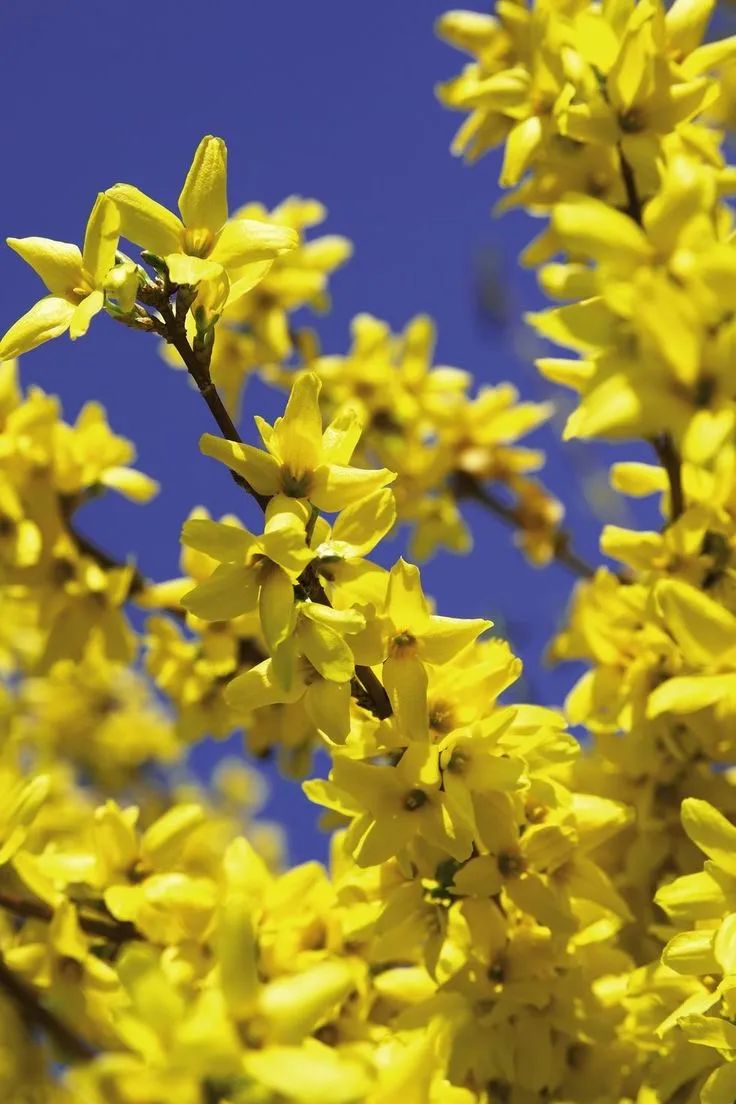
For beauty-conscious women, Forsythia also has cosmetic benefits due to its broad antibacterial spectrum and significant anti-inflammatory effects, promoting the formation of an inflammatory barrier, reducing capillary permeability, and decreasing inflammatory exudate, thus alleviating local redness caused by acne. It has a certain inhibitory effect on sebaceous gland secretion, reducing excessive oil secretion in the skin, improving skin texture for oily skin.
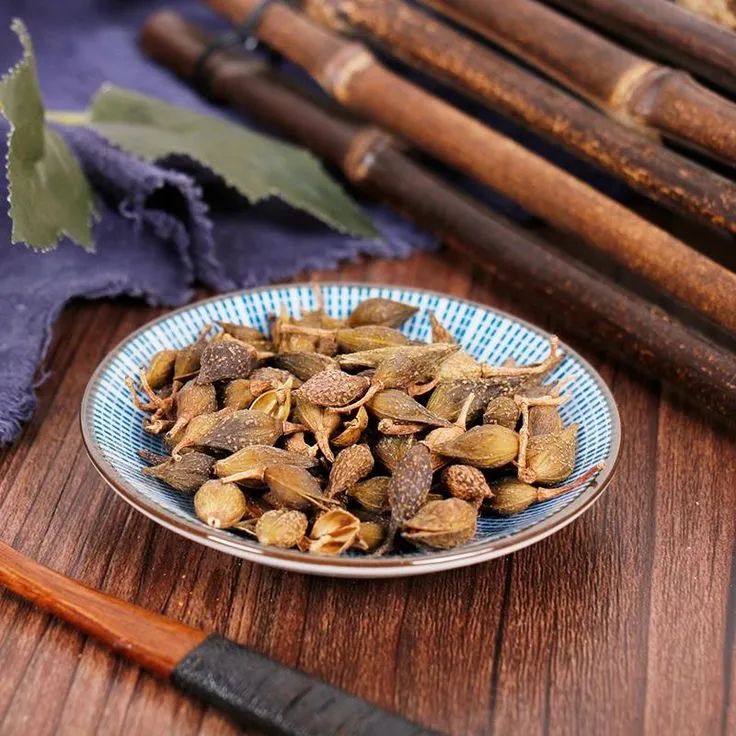
In the “Bencao Beiyao”, Forsythia is referred to as the “sacred medicine for the twelve meridian sores”, representing a specialized medicinal material in dermatology, adept at clearing heat and detoxifying, alleviating skin heat and itching. Modern medical research has shown its antibacterial and anti-inflammatory effects, protecting the skin from external infections, and reducing vascular permeability, thus improving the itching of eczema skin and decreasing the use of topical medications.
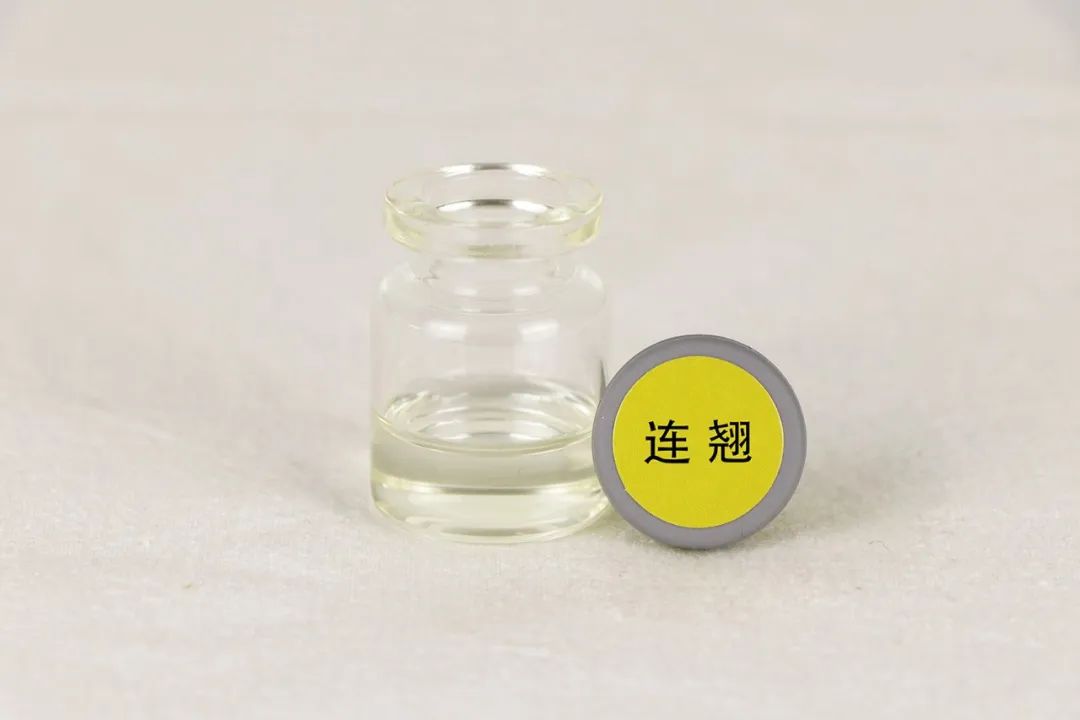
 03 Product Applications
03 Product Applications
Forsythia has significant medicinal value and is one of the most important medicinal materials, such as Lianhua Qingwen (连花清瘟), Shuanghuanglian Oral Liquid (双黄连口服液), and Yinqiao Jie Du Pian (银翘解毒片) among traditional Chinese medicines. Additionally, Forsythia is used in TCM aromatherapy, health care, cosmetics, and other industries, such as the Hou Tianqi Dan Jun Flower Nourishing Liquid, Kong Fengchun Tea Tree Leaf Oil Control Essence, and GRASUS Fruit Essence, all of which contain Forsythia components.

 04 TCM Aromatherapy
04 TCM Aromatherapy
According to the “Chinese Pharmacopoeia”, Forsythia is attributed to the Lung (肺, Fèi), Heart (心, Xīn), and Small Intestine (小肠, Xiǎocháng) meridians; it is bitter and slightly cold; its main functions are to clear heat and detoxify, reduce swelling and dissipate nodules; it can be used for abscesses, scrofula, mastitis, erysipelas, wind-heat colds, initial stages of warm diseases, heat entering the nutrient level, high fever with thirst, delirium with rashes, and heat stranguria. Forsythia is cool in nature and bitter in taste, lightly clearing and floating upwards, capable of treating various heat conditions in the upper jiao, especially effective in detoxifying and dissipating abscesses, making it a key medicine for sores.
 05 Chakras and Energy
05 Chakras and Energy
The essential oil of Forsythia corresponds to a wide range of chakras, from the first to the sixth chakra. This is attributed to the large amount of monoterpenes contained in its essential oil, especially pinene. Essential oils rich in pinene are excellent tonics for both body and mind, thus having a comprehensive effect. Additionally, the chemical composition of Forsythia essential oil is very similar to that of juniper berries, enhancing its ability to purify the energy field.
Traditionally, Forsythia is considered a very important heat-clearing and detoxifying agent, thus primarily corresponding to the third chakra, where it can exert powerful effects, assisting in strengthening the fire element of the third chakra and promoting energy transformation. The strong fire element can also help reinforce the self, making one less susceptible to the emotions of the environment or others, making it an excellent protective essential oil.
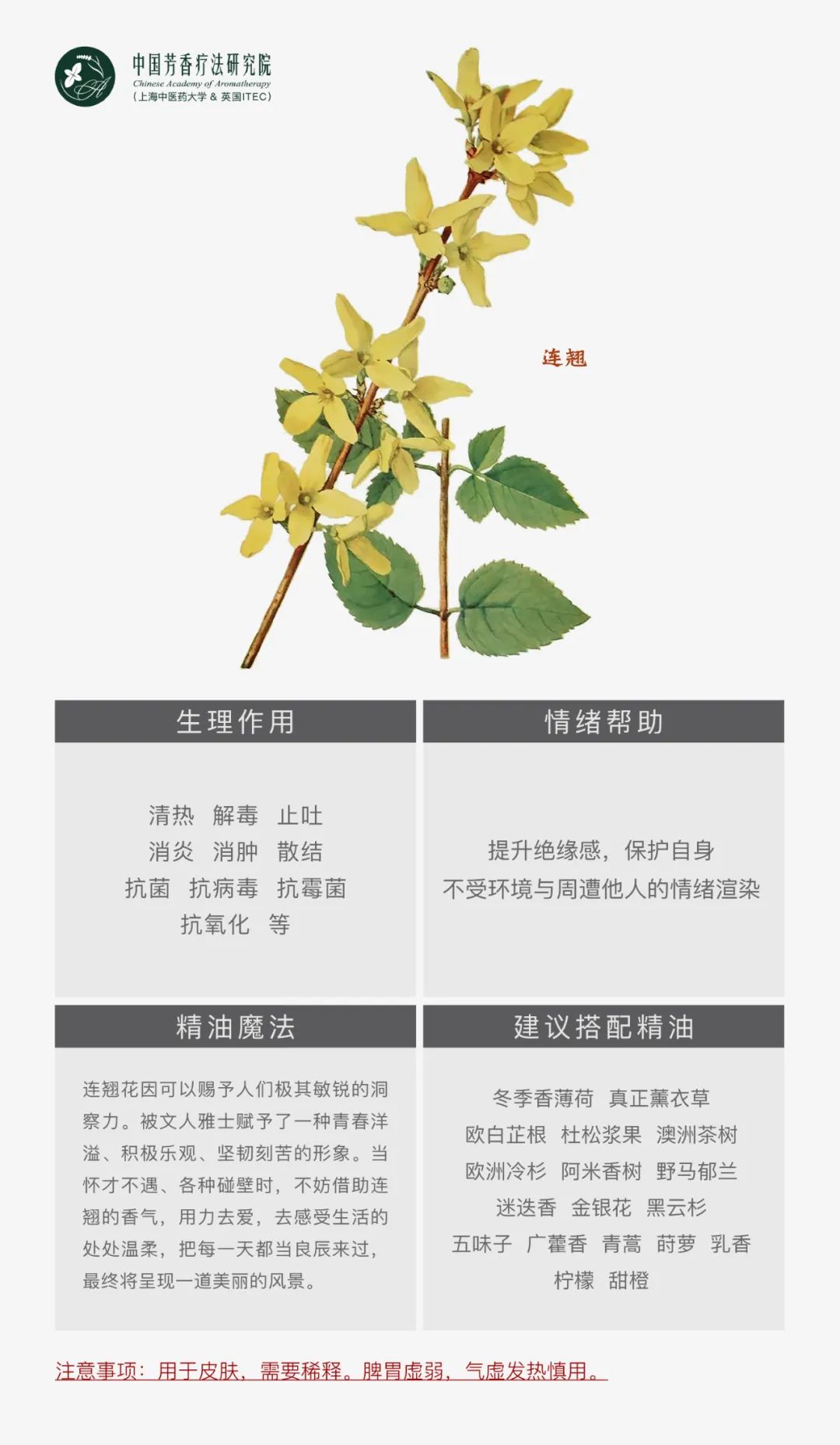
 06 Related ResearchLiterature OneTitle: “The phytochemistry, pharmacology, pharmacokinetics, quality control, and toxicity of Forsythiae Fructus: An updated systematic review”Author: Jin-Jin LiDate: 2024Journal: “Phytochemistry”
06 Related ResearchLiterature OneTitle: “The phytochemistry, pharmacology, pharmacokinetics, quality control, and toxicity of Forsythiae Fructus: An updated systematic review”Author: Jin-Jin LiDate: 2024Journal: “Phytochemistry”
-END-
| Author: Chinese Aromatherapy Research Institute |For reprints and business cooperation, contact WeChat: hua931hua413






